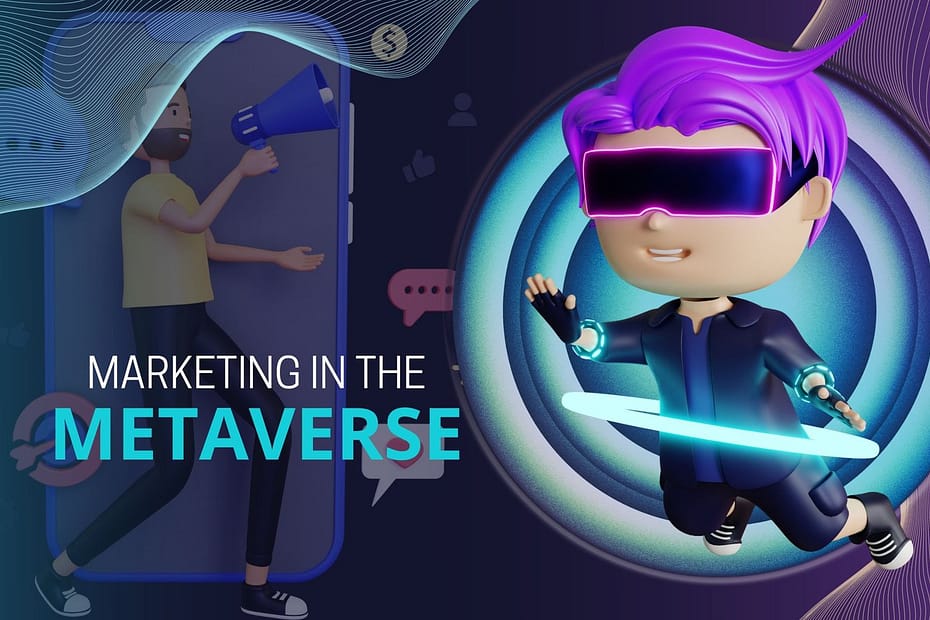As technology continues to evolve, we are at the verge of transitioning from Web 2.0 to Web 3.0.
To put this into perspective, Web 1.0 (1990 – 2005) was mostly a CDN (Content Delivery Network) that enabled users to view static content on webpages and websites. Popular Web 1.0 products and services include Google, LiveJournal, Myspace, and Yahoo, among others.
Web 2.0 (2006 – present) has transformed the world. Unlike its predecessor, Web 2.0 has made it exceedingly simple for users to generate, collect, and share massive amounts of data in just a few clicks. The Web 2.0 era redefined marketing as disruptive social networking platforms like Facebook, Twitter, Reddit, Tumblr, Pinterest, and dozens more took the center stage.
Web 3.0 – which is fast approaching – is a “mega update” of Web 2.0. It will leverage emerging technologies like blockchain, artificial intelligence (AI), augmented reality (AR), and virtual reality (VR) to change the way we use the internet. Essentially, Web 3.0 overcomes the shortcomings of Web 2.0 by utilizing different technologies to facilitate censorship-resistant information exchange between users while simultaneously enhancing security, privacy, and data ownership.
In this context, the Metaverse, which is a part of Web 3.0, is a digital world where we can create and share our own realities with others. It is a new kind of social space, designed to be as realistic as possible.
While the metaverse is still at an early stage, experts claim that it will bring a radical change in how we use the internet – be it for socialization, shopping, or consuming content. Therefore, prominent brands like Meta (previously Facebook), Adidas, Nike, Gucci, Gap, Balenciaga, Walmart, and hundreds more are flocking towards the Metaverse.
The Metaverse and the Future of Virtual Reality
The Metaverse has the potential to change digital marketing because it will provide companies and individuals with new opportunities to reach their audiences in new ways. Augmented and virtual reality technology is on the rise, which means that brands and advertisers will be able to create immersive experiences for their customers in a way that was not possible before.
An example of this is Nikeland, which is a virtual reality experience created by Nike that allows consumers to explore the brand’s global campuses, virtual sneakers, and get an immersive experience with their favorite athletes. Customers were able to experience the brand in a completely different way, which ultimately leads to increased sales and engagement.

Using augmented reality (AR), artificial intelligence (AI), and virtual reality (VR), marketers can enter a new realm of content creation to produce something that people want to consume. Marketers will need to create content for these platforms and distribute it through various channels, especially the Metaverse.
VR has also been presented as a solution for companies to reach out to consumers who might not otherwise be receptive to traditional marketing channels. VR can provide a much more personalized experience for consumers, allowing them to be in their own environments and see their options from different perspectives.
The “Metaverse” is the place where all these emerging technologies work with one another to create immersive experiences. Put simply, the metaverse is a virtual world that is created by the collective consciousness of the internet. It will be an immersive space where people can create, connect, and share anything they want. It will be a place where people can explore their creativity and communicate with others in a more meaningful way.
Immersive Marketing Is The Next Big Thing
The future of marketing isn’t just about digital marketing anymore. It’s about creating a complete experience for your customer, and that’s what augmented and virtual reality helps you do! And the Metaverse will provide organizations and individuals with an immersive environment where they can advertise their products and services to potential customers who are interested in buying them.
In addition to this, the Metaverse also unlocks a ton of other opportunities for brands trying to increase their reach and engagement. For instance, Nike recently acquired a digital design studio called RTFKT Studios and entered the Metaverse with its Nikeland virtual space. Nike is using the Roblox platform to enable its global fans to meet, socialize, have fun, and even work in virtual settings. According to a report by blockchain analytics firm Dune Analytics, Nike has raked in more than $185 million by selling collectibles and non-fungible tokens (NFTs) in August 2022.
And Nike isn’t the only brand tapping into the unlimited potential of the Metaverse. Other leading brands like Dolce & Gabbana, Gucci, Adidas, Lacoste, Budweiser, and many more have earned millions of dollars by setting up virtual spaces in the Metaverse.
The Metaverse changes everything – be it the content itself or how users interact with the content. For example, when you are in the Metaverse, you can pick up and hold objects like in real life. You can also use your hands to touch other people or things around you. This creates a whole new way for people to experience branded content and react to it in an intuitive way.

